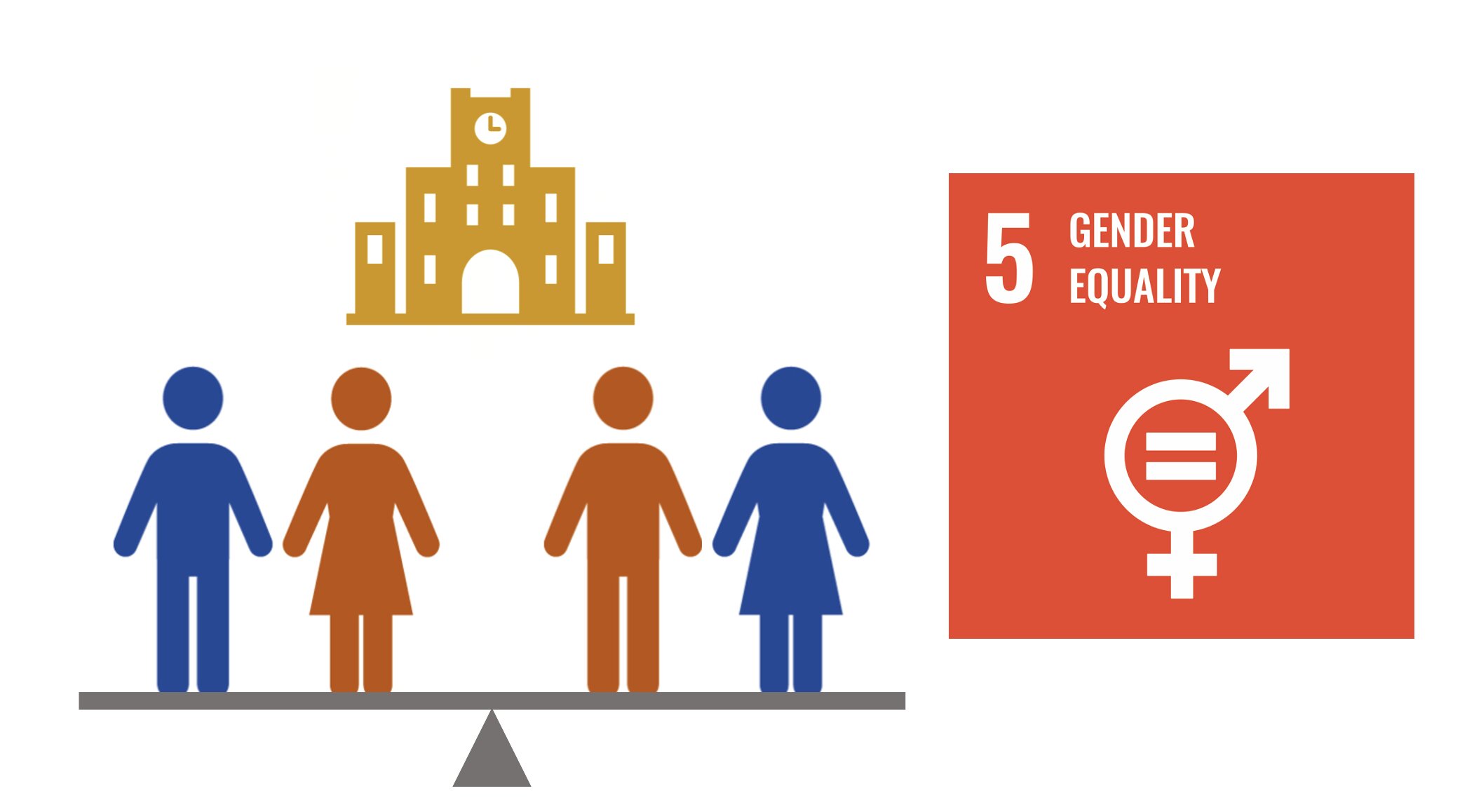A recent study led by Kyushu University, Tokyo Institute of Technology and University of California San Diego has found that focusing only on increasing the proportion of women scholars is not enough to accurately assess gender equity in Japan. Researchers proposed a new evaluation model that incorporates the proportion and total number of women, along with their academic performance, to provide a more comprehensive evaluation and support women’s active engagement in academia.
Published on October 18, 2024, in the International Journal of Educational Research Open, the study shows that the absolute number of women in science, technology, engineering, and mathematics (STEM) departments significantly influences their research output.
In Japan, despite decades of governmental initiatives promoting gender equity in academia, women in STEM still struggle for equal treatment and recognition. While institutions cite the rising percentage of women as a sign of progress, this can paint an overly optimistic picture.
In many cases, these statistics are inflated by the growth in women students or junior researchers, failing to reflect true equality in career progression or work environments. The low representation of women in senior academic positions and decision-making roles highlights the persistent gender bias in academia.
“The fixation on percentages reflects the perspective of policymakers, often men, rather than the lived experiences of women in STEM,” says Professor Kaoru Tamada of Kyushu University’s Institute for Materials Chemistry and Engineering, and the lead author of the study. “What truly matters to women is the number of peers they can collaborate with daily. We need to create frameworks that truly support women.”
To address this gap, Tamada and her colleagues developed a quantitative evaluation method called the Academic Gender Equity Index (Academic_GEI). This index evaluates academic performance of women researchers within schools, departments or institutes while considering the proportion and absolute number of women faculty.
The team utilized three metrics in their system: the total number of women faculty members, the proportion of women, and their academic output. Under Academic_GEI, an ideal gender-neutral situation would show men and women researchers performing equally in terms of research output. When applying it to various academic institutions across Japan, the United States, and Europe, the team found that while in western institutions women researchers typically match their male counterparts in research output, Japanese universities demonstrate greater variability.
In Japanese academia, women faculty members either perform below average or outperform their peers. Researchers attribute the former to hiring practices aimed at boosting women ratios by recruiting young, less experienced women.
“The latter points to a systemic undervaluation of women in STEM recruitment, where they often must significantly outperform men to receive equal recognition in Japan,” says Tamada. Thus, neither scenario reflects gender equity.
The study concludes that traditional metrics focusing solely on the proportion of women in faculty positions show little correlation with women’s academic performance. Alternatively, the total number of women faculty in each research unit significantly influences research output.
A greater number of women colleagues fosters a supportive environment, enabling women to build networks, advance their careers, and achieve higher and more stable results. This leads to greater gender equity, which is crucial for ensuring diversity and integrating gender perspectives in science and technology innovation.
Going forward, Tamada and her colleagues plan to expand their research to include regional and private universities in Japan, and exchange information internationally. By gathering more data, they will continue refining these indicators.
As a woman in STEM, Tamada is focused on building an equitable academic environment that promotes innovation and encourages women’s contributions. “Academia nurtures future generations. As specialists in science, we have both the ability and the responsibility to tackle societal problems through academic methods, and to create a gender-neutral environment for the next generation,” she says.
More information:
Kaoru Tamada et al, Evaluation of the gender-neutral academic climate on campus for women faculty in STEM fields, International Journal of Educational Research Open (2024). DOI: 10.1016/j.ijedro.2024.100390
Provided by
Kyushu University
Citation:
Absolute numbers of women matter more than proportion for achieving gender equity in STEM, study argues (2024, October 21)
retrieved 22 October 2024
from 1oe
This document is subject to copyright. Apart from any fair dealing for the purpose of private study or research, no
part may be reproduced without the written permission. The content is provided for information purposes only.
